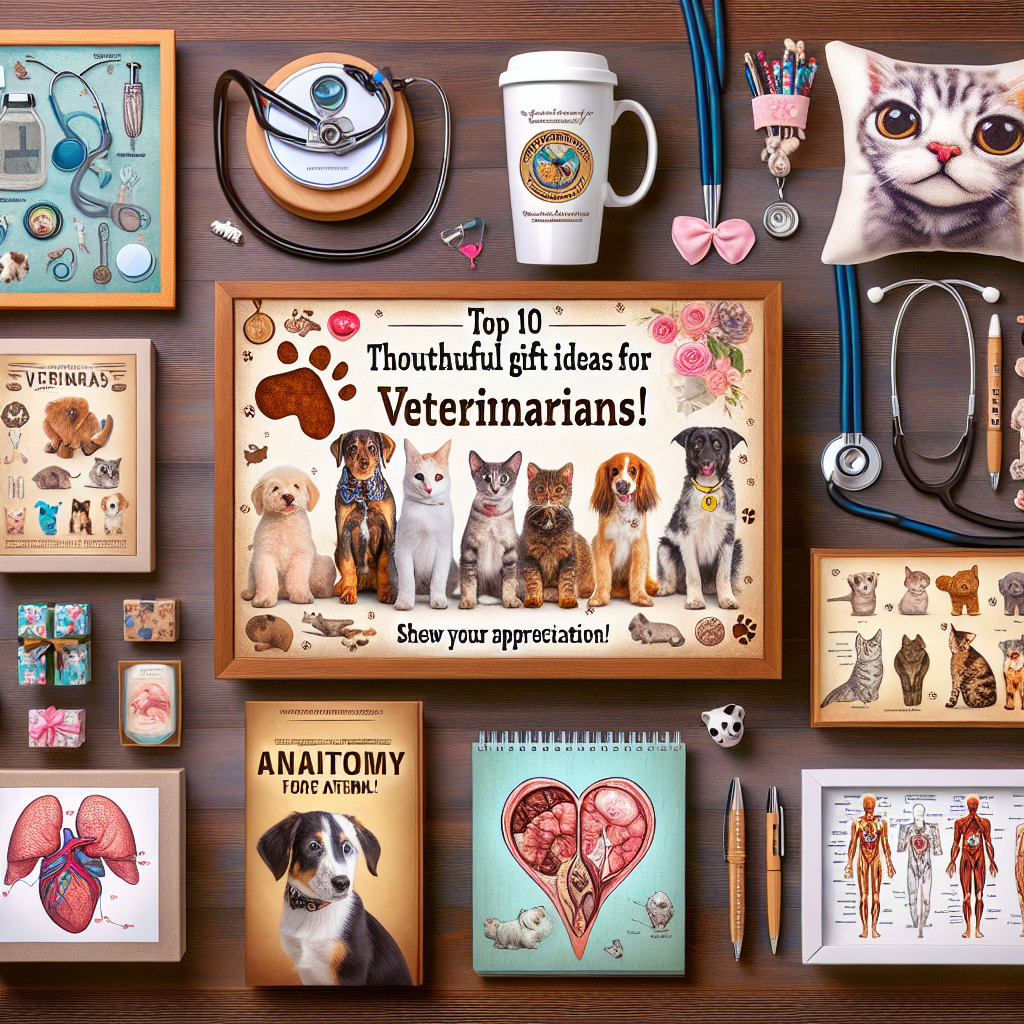Taking care of your furry friends goes beyond regular vet visits and feeding. Just like humans, pets can suffer from injuries, surgeries, or chronic conditions that require dedicated rehabilitation. Pet rehabilitation is a crucial part of ensuring your pets lead healthy and active lives. This comprehensive guide will explore the various aspects of pet rehabilitation, including causes, symptoms, diagnosis, treatment options, and prevention tips.
Understanding Pet Rehabilitation
Pet rehabilitation involves various therapeutic strategies tailored to treat a wide range of physical and mental health conditions in animals. The primary focus is to restore mobility, improve strength, and enhance the overall quality of life for pets recovering from injury or surgery.
Causes of Rehabilitation Needs
There are several reasons why a pet might require rehabilitation:
- Post-Surgical Recovery: Pets often need rehabilitation after surgeries, such as orthopedic procedures, to regain strength.
- Injuries: Sprains, fractures, and other injuries from accidents or falls can necessitate rehabilitation.
- Chronic Conditions: Conditions like arthritis, hip dysplasia, or obesity can require ongoing rehabilitation efforts to manage pain and improve mobility.
- Neurological Disorders: Pets suffering from conditions like intervertebral disc disease may need specific therapies to regain motor functions.
Recognizing Symptoms That Require Rehabilitation
As a pet owner, being attentive to your pet’s behavior can help you identify when they might need rehabilitation. Look out for these symptoms:
- Difficulty walking, especially after surgery or injury
- Limping or favoring a leg
- Decreased activity or reluctance to play
- Noticeable weight gain or loss
- Signs of pain, such as whining or growling when touched
- Reduced flexibility or stiffness in joints
If you notice any of these symptoms, it’s essential to consult with your veterinarian, who can provide insights into the need for rehabilitation.
Diagnosing Rehabilitation Needs
Veterinarians typically assess a pet’s rehabilitation needs through:
- Physical Examination: A thorough physical exam helps assess the extent of any injuries or conditions.
- Imaging Tests: X-rays, MRIs, or CT scans can provide critical information about underlying issues.
- Mobility Assessment: Observing your pet’s ability to walk, run, and perform specific movements is essential for a proper diagnosis.
Treatment Options in Pet Rehabilitation
Once diagnosed, various treatment options may be recommended:
Physical Therapy
Physical therapy is a core component of pet rehabilitation. Techniques may include:
- Range-of-motion exercises: These can improve flexibility and reduce stiffness.
- Strength training: Targeted exercises help rebuild muscle strength.
- Manual therapy: Techniques like massage can relieve pain and promote circulation.
Hydrotherapy
Water-based therapy is particularly effective for pets recovering from injuries. Hydrotherapy helps in:
- Reducing stress on joints
- Encouraging safe exercise
- Facilitating weight loss for overweight pets
Acupuncture
This traditional technique can effectively alleviate pain and promote healing in pets. A trained veterinary acupuncturist can target specific points to aid in recovery.
Laser Therapy
Cold laser therapy promotes healing at the cellular level. It can help reduce inflammation and pain, making it ideal for post-surgical recovery or chronic conditions.
Nutrition and Weight Management
Nutrition plays a vital role in rehabilitation. A balanced diet helps maintain healthy body weight, which is crucial for pets recovering from injuries. Consult with your veterinarian for specific dietary recommendations tailored to your pet’s needs.
Practical Tips for Pet Rehabilitation at Home
Apart from professional therapy, there are several things you can do at home to support your pet’s rehabilitation:
- Create a Comfortable Space: Ensure your pet has a comfortable area to rest with easy access to their favorite toys.
- Follow Exercise Routines: Adhere to any recommended exercise routines provided by your veterinarian or therapist.
- Monitor Progress: Keep a journal of your pet’s recovery progress, noting any changes in mobility or behavior.
- Invest in Supportive Gear: Consider using harnesses, slings, or orthopedic beds to assist your pet, especially if they have mobility issues.
Preventing Future Injuries
Preventative measures can go a long way in keeping your pet healthy and active:
- Regular Exercise: Maintain a balanced exercise routine to strengthen muscles and improve joint health.
- Weight Management: Keep an eye on your pet’s weight, as obesity can lead to various health issues.
- Safety Measures: Create a safe environment by removing obstacles that could lead to falls or injuries.
- Routine Vet Check-ups: Regular veterinary visits can catch potential issues early on, allowing for timely interventions.
Conclusion
Understanding pet rehabilitation allows you to better care for your furry friends during their recovery journeys. By recognizing symptoms and seeking appropriate treatments, you can significantly improve your pet’s quality of life. Remember, your veterinarian is an essential partner in this process, guiding you and your pet toward a happier and healthier life.





